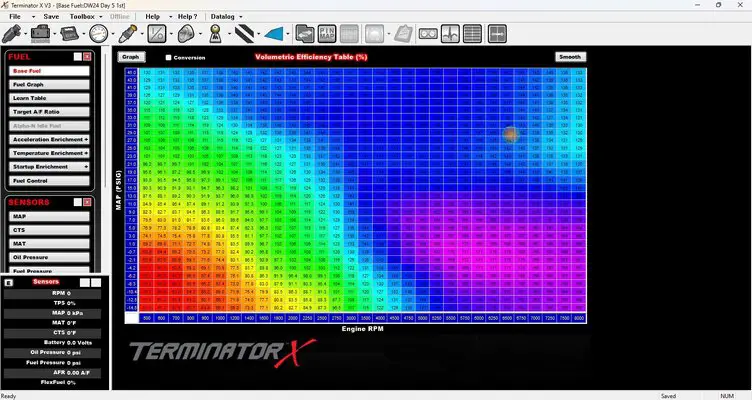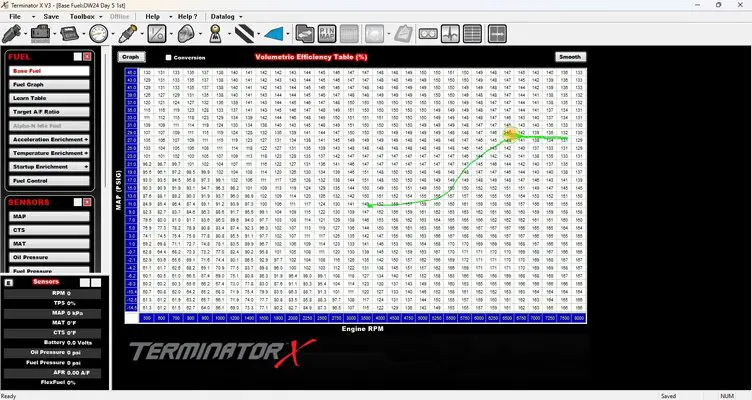A MAP and MAF sensor are doing the same thing - basically. Meaning they are supplying data to the ECM so that ECM can determine how much fuel to add via a 2 axis table with one axis being RPM and the other being the MAP or MAF reading. A MAF sensor reads the actual amount of air being ingested, where as a MAP sensor makes an assumption. Both use feedback from an O2 sensor to make fine tuning trims onto the AFR (emissions). Both have advantages and disadvantages. A MAF sensor is more precise than a MAP sensor, hence the reason that all modern vehicles use a MAF rather than MAP sensor.Okayyyyy......... now me here at my normal level of confusion for a Monday Morning. The topic is MAP, meaning Manifold Absolute Pressure, I hope, and just to compare and contrast them here, how does that line up or compare with an MAF or Mass Air Flow Sensor? Two different sensors doing two different jobs according to their text book definition.
So where specifically in the manifold would the pressure sensor typically be installed to get the most accurate reading or is it just plugged into a port in the manifold to "sample" the varying values of pressure and transmit that data to its controller?
And while I am adding mud to the matter, wouldn't any change in Air flow based on either acceleration or deceleration cause both the MAP and MAF to alter the readings they are generating?
Nick
The MAP sensor has to have it's manifold source somewhere downstream of the throttle plate(s) and MAF sensor has to be upstream of the throttle plates. Both are are supplying an input voltage that is calibrated to the ECM that is in use.
During accel and decel there are other settings in the ECU to adjust the fueling and spark. Look at the two pics attached. These are using a 4 bar MAP sensor - 1 bar = 14.7 psi. So -14.7 to 0 psi is 1 bar, then 0 psi to 44.1 is 3 bar. Add them together to get to 4 bar. The line (trace) on the non-colorful pic shows what part of the table is being used during a WOT pass at 30lbs of boost.
FWIW, this table is doing nothing more than mimicking what a carburetor is doing. The accel and decel are the squirters and accelerator pump lol. And the timing tables are doing the same as a stock HEI with vacuum advance has done for 50+ years. Don't be intimidated by a sensor, table or ECU. It's using the same info everyone has used since carbs and dizzies have been in use.




